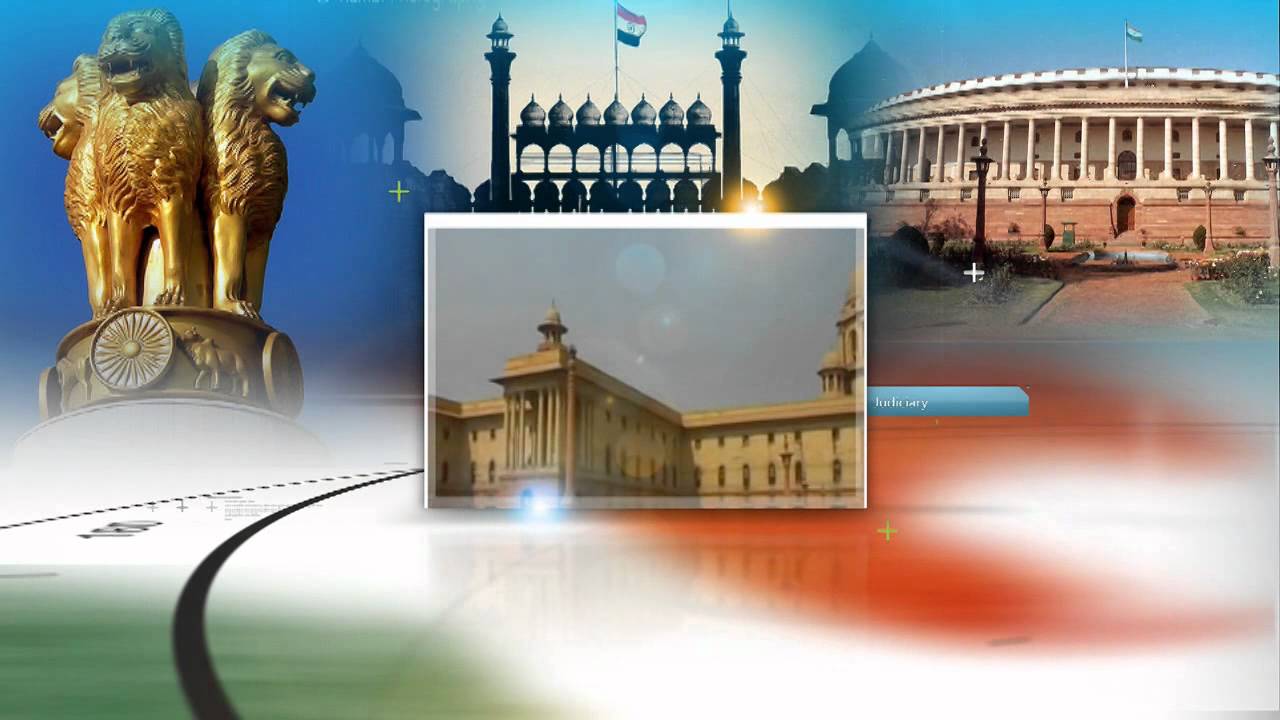Font size:
Print
Digital Crop Survey: A Paradigm Shift in Agricultural Data Collection
Context:
The Government of India is set to roll out a pan-India Digital Crop Survey (DCS) by the 2025-26 Kharif season. This initiative aims to replace the traditional Patwari-Girdawari system with a technology-driven approach. The Ministry of Agriculture’s Digital Agriculture Mission, with a budget of ₹2,817 crore, will oversee the implementation.
Implementation Progress
- Currently initiated in 15 states covering 485 districts across both Kharif and Rabi seasons.
- Over 3 lakh villages covered, spanning diverse agro-climatic zones.
- States such as Uttar Pradesh, Bihar, Madhya Pradesh, Tamil Nadu, Andhra Pradesh, Assam, and Rajasthan have achieved 90% coverage of targeted plots.
- Reported increase in agricultural areas in 21 districts due to better data accuracy.
Financial Allocation and Policy Support
-
- The Agriculture Ministry has sought an additional ₹2,000 crore for DCS for 2025-26.
- The Special Central Assistance (SCA) program has provided ₹5,000 crore for State Farmers’ Registry.
- ₹10,000 crore allocation proposed for:
-
- Extending farmers’ digital identity coverage.
- Modernising and digitising land records.
- Targeted Expansion:
-
- 6 crore farmers covered by 2024-25.
- 3 crore more in 2025-26.
- Remaining 2 crore in 2026-27.
Key Features of the Digital Crop Survey
- Real-Time Data Collection:
- Directly from fields using mobile interfaces.
- Utilises drones, satellite imagery, and AI-driven analytics.
- Creation of a Unified Crop Registry:
- Records crop types, sowing patterns, irrigation sources.
- Standardises agricultural data across regions.
- Enhanced Agricultural Planning:
- Facilitates MSP-based procurement.
- Supports crop insurance and credit-linked loans.
- Aids in balanced fertiliser use and pest monitoring.
- Integration with Digital Public Infrastructure (DPI)
- Three core components:
-
- Farmers’ registry (database linked to land records).
- Geo-referenced village maps (spatial agricultural data).
- Crop sown registry (real-time crop tracking).
- Linkages with Digital IDs:
-
- Over 48 million farmers in 12 states have been assigned digital IDs.
- IDs are updated with every land mutation, ensuring up-to-date records.
- States with the highest number of IDs include Uttar Pradesh, Maharashtra, Madhya Pradesh, Rajasthan, Gujarat, Andhra Pradesh, and Tamil Nadu.
- Future Target:
-
- 110 million digital identities under AgriStack initiative.
- Incorporation of tenant farmers in later phases.
Advantages of Digital Crop Survey
- Challenges with Manual Surveys:
- Human errors in manual data collection.
- Delayed decision-making due to slow processing.
- Inconsistencies in crop output projections, leading to market imbalances.
- DCS addresses these issues by employing AI, remote sensing, and geospatial analysis for accurate data collection.
- Improved Decision-Making:
- Real-time tracking of crop health, pest infestations, and disease outbreaks.
- Enables quick policy responses.
- Market Stability:
- Reduces discrepancies in crop production data.
- Prevents price volatility and supply-demand mismatches.
- Enhanced Farmer Benefits:
- Streamlined subsidy allocation.
- Better crop insurance claims due to accurate landholding data.
- Easier access to credit and government schemes.
Challenges and Way Forward
- Data Privacy and Security:
- Need for robust data protection mechanisms.
- Ensuring secure integration with AgriStack and Aadhaar-linked records.
- Inclusion of Tenant Farmers:
- Ensuring non-land-owning farmers benefit from digital IDs.
- Gradual expansion of registry coverage.
- State-Level Implementation Issues:
- Variations in digital infrastructure and governance efficiency.
- Capacity-building programs for local revenue officials to adopt digital methods.
- Ensuring Accessibility: Addressing rural digital divide by enhancing farmer awareness and training.


